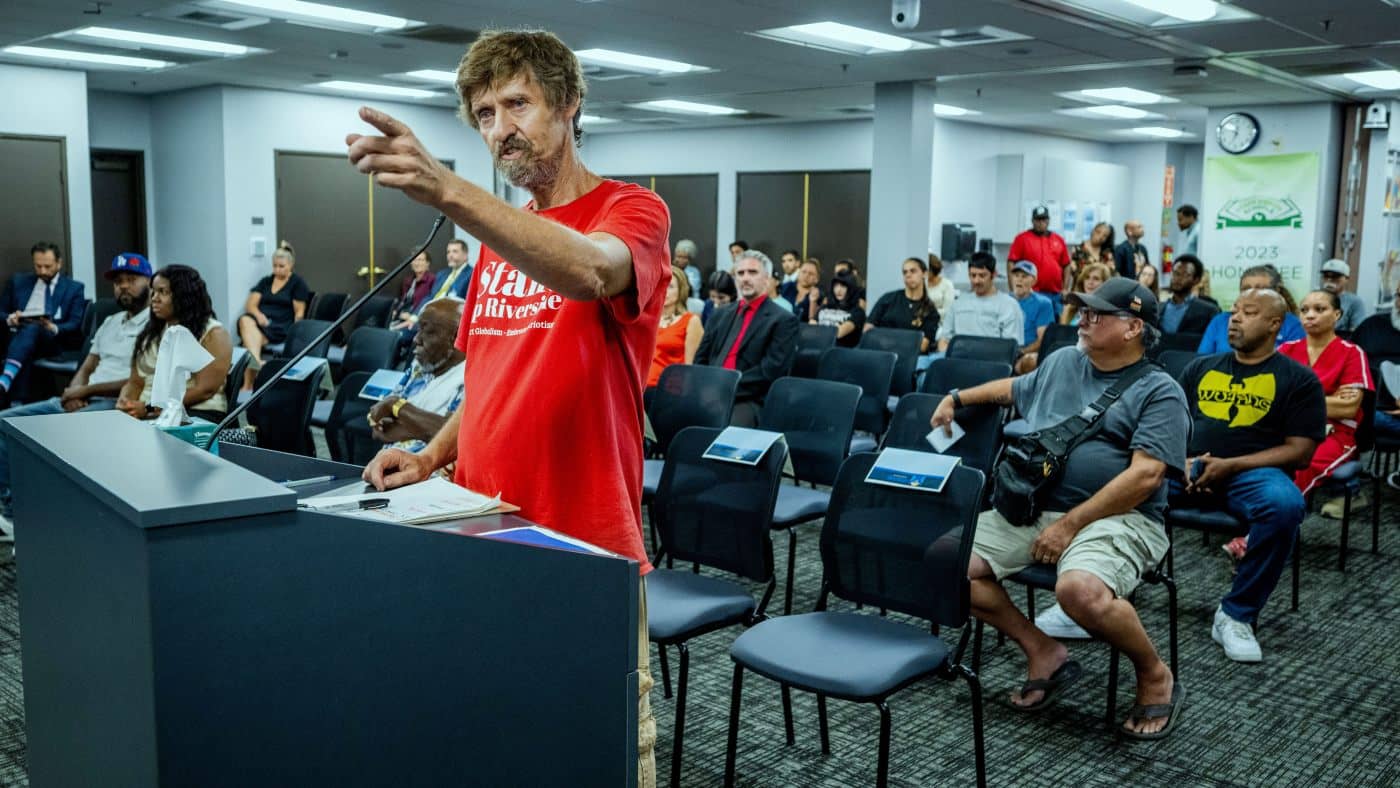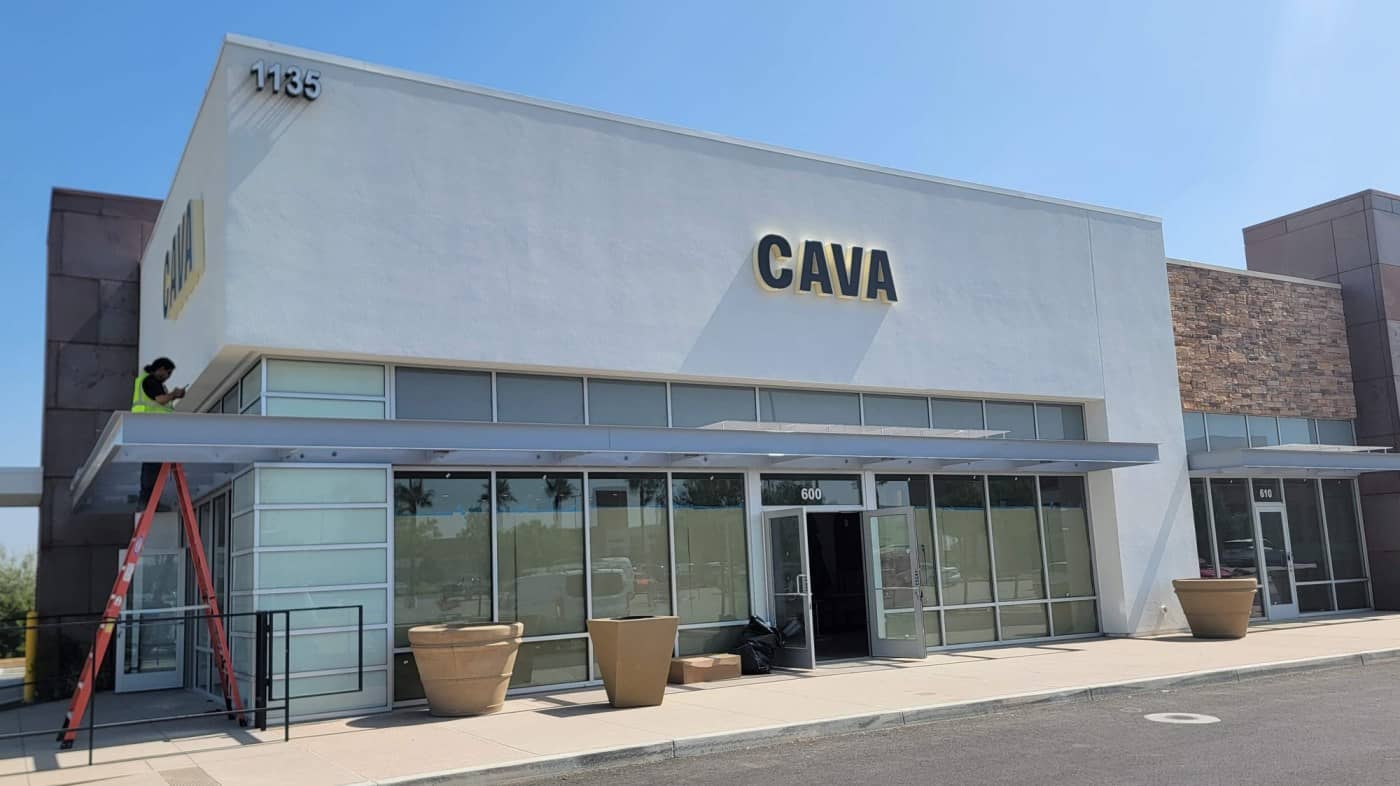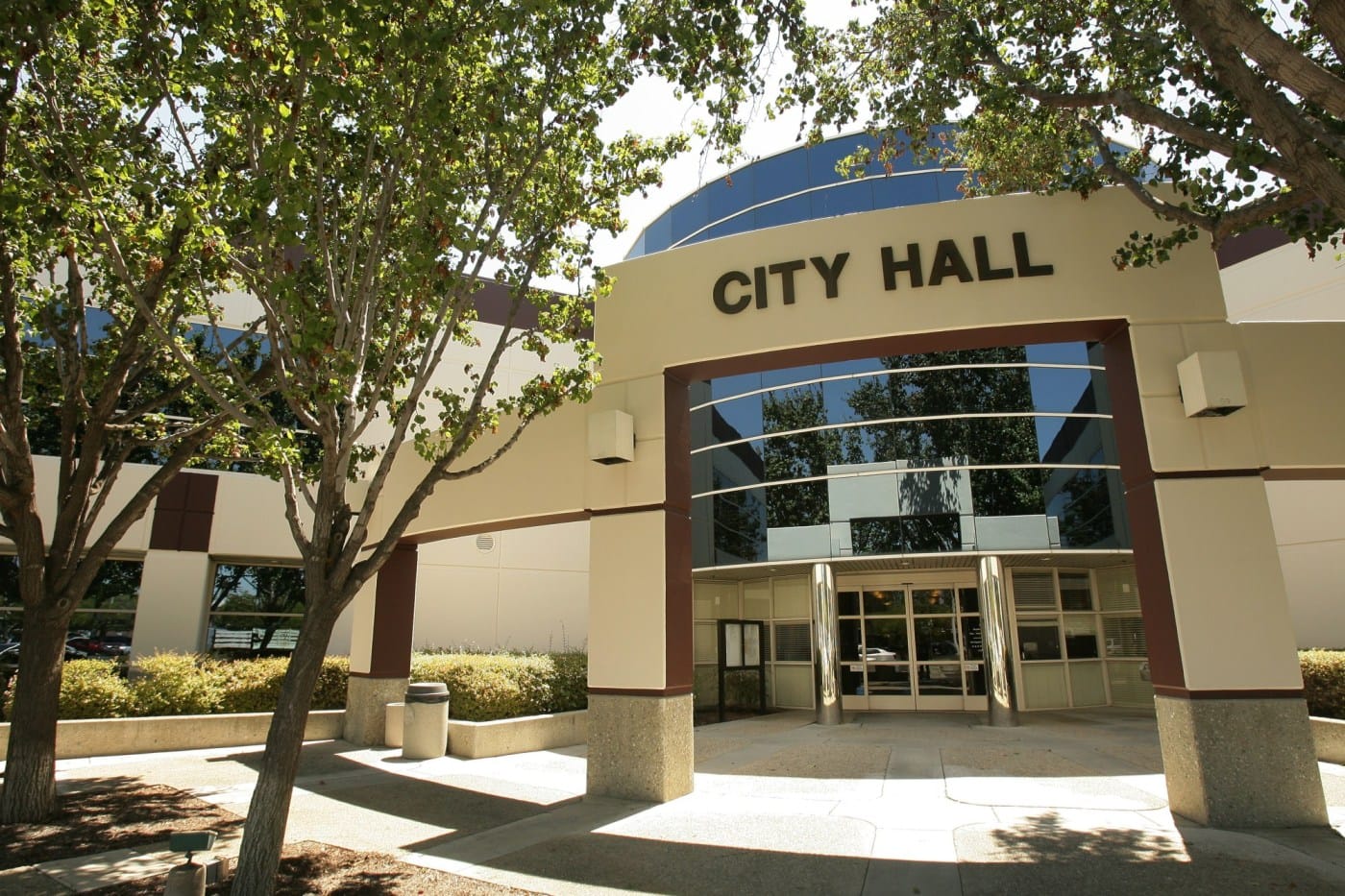Moreno Valley voters will see a $240 million school bond on the November ballot that attempts to extend a bond passed in 2004.
The general obligation bond would generate $240 million and qualify the Moreno Valley Unified School District for approximately $160 million in additional state grants, spokesperson Anahi Velasco said in a Friday, July 26, email.
RELATED: What is Proposition 2 on California’s 2024 ballot?
State money is not enough to repair aging schools, some of which are more than 30 years old, district officials said, and the district would need local matching funds to get state dollars.
Planned improvements include upgraded roofs, plumbing, sewer lines, gas lines, electrical, heating and ventilation systems so schools can continue to serve students for decades to come, officials said.
The Moreno Valley school board voted unanimously Tuesday night, July 23, to put the proposal before voters.
Some speakers criticized the proposal, accused the board of misusing previous bond money and objected to the district’s stated need for more funding.
“We are not the cash cow for you to take out the money every year,” community activist Alicia Espinoza said at Tuesday’s meeting. “… Put a dog leash on your lawsuits so you will have money and you don’t have to come asking us for money.”
Julianne Stephens, a community member, told the board that the public is still “up in arms” over Measure M, a district bond measure passed in 2014.
“That is where it really lies, the mismanagement of that bond,” Stephens said. “We didn’t even know what you guys were going to do with it.”
When asked to respond to the allegations of misused funds, Velasco in an email pointed to the fact that the district has a bond oversight committee to monitor expenses.
Measure A, originally passed in March 2004, has a current tax rate of $40 per $100,000 of assessed value. The district has two bonds, Measure A and Measure M. If the new one passes, it would replace Measure A, keeping the tax rate the same, Velasco said.
The proposed new bond measure would need 55% of the vote to pass. If that happens, it is expected to be implemented in early 2026.
The bond is expected to last for the next 30 years, but a specific estimate will be in the voter guide published later this year, Velasco said.
Money from the measure would be used for:
Classrooms, facilities and technology for instruction in math, science, engineering and technology
Improving fire safety and security systems. This would include fences, cameras, emergency communications systems, classroom emergency locks, smoke detectors, fire alarms and sprinklers
Upgrading older schools to comply with health and building codes and providing proper access for students with disabilities
Repairing or replacing deteriorating roofs, plumbing, gas lines, sewer lines and electrical systems.
A detailed list will be a part of the facilities master plan, which district officials said is almost done.
The bond would qualify the district for funding from a state bond, Proposition 2, that will also be on the November ballot. The state bond would provide grants for facilities if school districts are able to put up matching funds through their own bond measures.
If Moreno Valley’s measure wins, audits would be done annually and spending would be monitored by an independent citizens’ oversight committee to ensure the money is spent as promised and specified, Velasco said.
The committee would include representatives from a taxpayers association, a business organization and an organization of older residents. District employees and vendors cannot serve on the committee. Public meetings would held once a year.
A similar oversight panel is in place for Measure M, Velasco said.
At the meeting, speakers blasted the bond proposal and alleged that the district had misused money and did not provide a clear list of projects from Measure M, the $398 million school bond approved in 2014.
The district has spent money to modernize buildings across the district, including Landmark Middle School, the Midland Elementary School Innovation Center, the Early Learning Academy at Moreno Valley Elementary School, and Moreno Valley High School, which Superintendent Alejandro Ruvalcaba, said will “look like a college campus when it is completed.”
But Stephens said the district’s test scores and performance levels are low and she wants to see money funneled into providing working bathrooms and coverings so students aren’t eating outside in the elements.
“Now you guys want more money, we want to see a diagram of what this money is going to be used for,” Stephens said. “You didn’t let us know the first time around. My grandchildren weren’t even getting proper lunches at Canyon Springs High School. If you didn’t get first lunch and you went to second lunch, they would run out of food.”
The bond was meant to modernize classrooms, improve student safety and security systems and replace aging pipes and leaky roofs.
Measure M costs taxpayers $60 a year per $100,000 of assessed valuation on their property tax bills. The average home is valued at $173,000, costing the average homeowner about $98 a year.
Bob Palomares told the board it had not taken into account how a bond would affect residents who are already struggling financially.
“There are people who are hardly making rent, living from paycheck to paycheck on the verge of homelessness,” Palomares said. “You think their landlords are going to cut them a break? Their landlord is going to say ‘I have to raise your rent.’”
The board, he said, was not going to help these people financially, yet it still wants votes.
Related Articles
Nuevo area will be sprayed for mosquitoes
Riverside investigates why dozens of ducks have died at Fairmount Park
San Bernardino County street vendor workshop aims to educate, offer support
Parents blast decision to move popular principal in Moreno Valley
Memorial for Tom Hunt, late Riverside school board member, is set
“I know what you’re looking at, you’re looking at all the good that money could do,” he said. “But you know we don’t even know what happened with all of the money from Measure M and we are jumping into another.”
Community activist Louise Palomares said the board wasted previous funds on a $30 million building at Moreno Valley High School when the dollars could have been used for other projects.
“Make it work for us, with the money you have here,” Palomares said. “You don’t have to keep passing bonds. What is going to happen after this? Another bond and another bond and another.”
Community member Roy Bleckert said earlier bonds have nothing for the district and previous boards have misused money. Bleckert said he would want a list of projects on which funds would be spent — and a promise that the projects would last 30 years.
“If you are going to do the same thing over and over again, I will oppose it with every spirit of my body,” Bleckert said.



